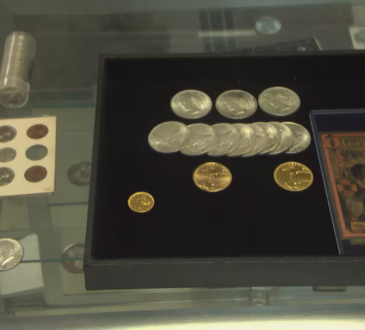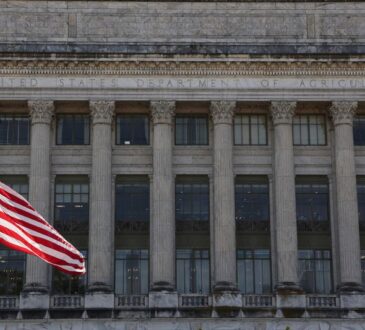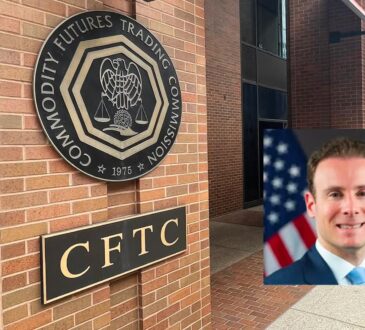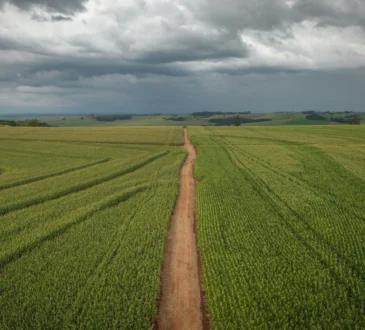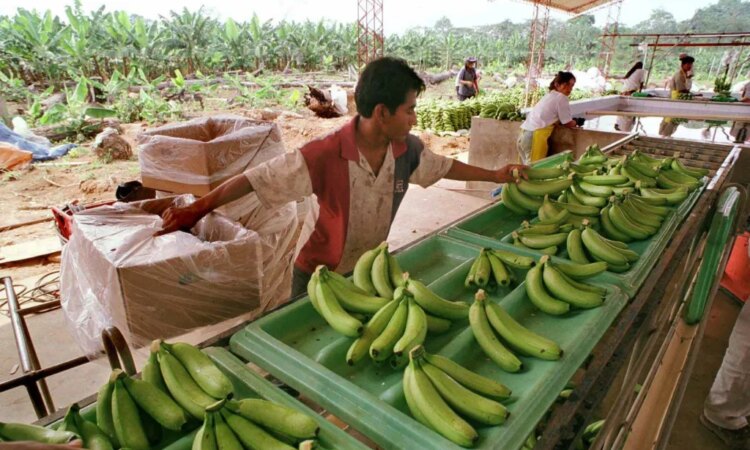
We’ve all grabbed a banana on the go and thought nothing of it. But what if this everyday fruit disappeared from grocery stores? It sounds dramatic, but it’s a real possibility: The Cavendish banana, the variety that fills almost every supermarket shelf, is in serious trouble.
The threat comes from a soil-borne fungus known as Panama disease, specifically a new strain called Tropical Race 4, Fusarium oxysporum f. sp. cubense Tropical Race 4. First identified in Taiwan in the 1990s, it has spread across Southeast Asia, into Africa and now to Latin America, home to most of the world’s banana exports.
The fungus attacks through roots, clogging water and nutrient systems until the plants wither and die. It spreads easily through contaminated soil, water, boots and tools, and its spores can survive for decades even without banana plants present. Once it takes hold, there’s no way to get it out of the soil. It’s already wiped out plantations in parts of Asia and Africa, leaving scientists worried that this favored fruit could one day disappear for good.
Part of the problem is that every Cavendish banana tree is a clone. Unlike wild bananas, it can’t reproduce naturally. Years of cultivation and selection favored seedless fruit with soft flesh, but the tradeoff was sterility. Each new tree is grown from a cutting or tissue culture of an existing one, making them all genetically identical. That’s great for consistency but terrible for disease resilience.
Making matters worse, most commercial banana plantations are monocultures: large-scale systems dominated by a single species or variety, or in this case, a single genetic clone. When all plants share the same genetic makeup, they share the same weaknesses. That lack of diversity has made it easy for TR4 to move from one region to another, showing just how vulnerable genetically identical crops can be.

The Cavendish banana is just one example of a much larger problem: Many of the plants that feed, shelter and sustain us are losing genetic diversity, making entire ecosystems and the human communities that rely on them more fragile. When we rely too heavily on a single variety or lose genetically distinct populations, we weaken nature’s ability to adapt. Biodiversity is the planet’s built-in safety net, keeping ecosystems resilient and supporting essential resources like food, water and clean air. Without it, even the plants we take for granted could disappear.
That’s why plant conservation matters so much. Botanical gardens around the world are working to safeguard threatened and culturally important plants, not just for display but for long-term survival. They serve as living collections and safe havens where rare and endangered species are grown, studied and propagated for the future. They also share research and help the public understand what’s at stake.
Norfolk Botanical Garden is supporting this global mission to protect threatened and vulnerable plants. The new 26,000-square-foot Perry Conservatory will open in spring 2026 as part of the Garden of Tomorrow expansion. Inside, visitors can wander through tropical and desert biomes, explore the amazing variety of plants that keeps our world alive, learn which species are in peril, discover their stories, and see how they connect to our daily lives. With guidance from our botanical partners, who donated their expertise and plants from their collections, the botanical garden has created a space that’s both a window into the natural world and a call to care for it.
So next time you peel a banana, take a second to appreciate how even a simple fruit reflects the complexity and diversity of life. You’ll probably never look at a banana the same way again.
Wild Green Yonder is a monthly feature from the staff of Norfolk Botanical Garden, where Theresa Augustin is vice president of education and conservation. Send gardening questions to askaplantquestion@nbgs.org.

